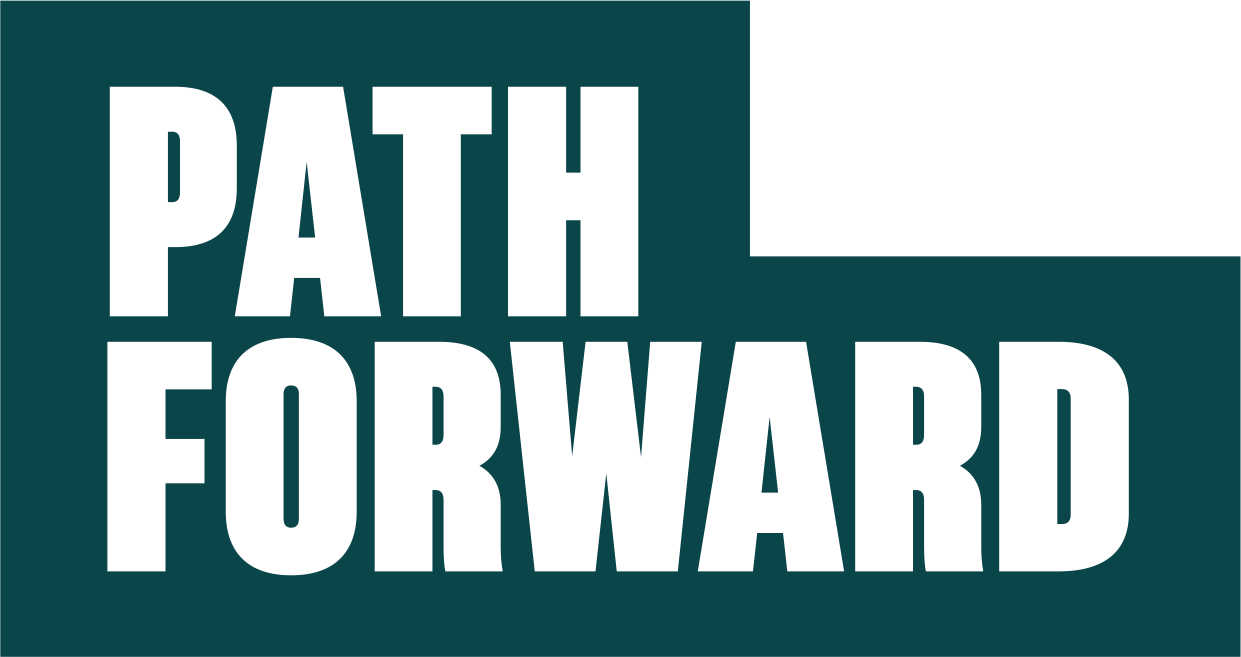It's 8am. Know what your staff is up to?
If you’re an effective leader, you know what you staff is working on, at any particular time or on any particular day. Your direct reports — and through those direct reports, the entire workforce — knows what’s expected of them, what’s most important, what they are specifically expected to deliver, and when.Now wait a minute! Isn’t that micromanagement? Well, it could be, if you followed your staff around and told them how to do each and every thing, if you second guessed them consistently, or if you routinely snatched work from their desks and insisted that you had to do it yourself to make sure it was done properly.But it’s not micromanagement to have highly organized calendars and task lists, and to stay on top of them. Good leaders keep meticulous records of conversations, verbal commitments, and promises to perform. Simply said, a good leader is a master at follow-up. Knowing what your staff is working on, when, and why, is essential. It doesn’t mean you don’t trust them or they need to be babysat. It just means you’re ensuring your staff stays on task, communicates expertly, and prioritizes appropriately.Some of the foundations of highly disciplined business leadership:
- A calendar, updated daily, which carves out time for your most important priorities.
- Time on your calendar to work on something more than today’s emergencies.
- A meticulous to-do list, prioritized, and updated daily.
- Regular one-on-one and/or small team meetings with direct reports to review task lists, reset priorities, and discuss challenges and concerns before they become urgent. What do I mean by “regular”? At least weekly. And these meetings must work off the written word — again, prioritized task lists and calendars.
- Starting each meeting with staff by reviewing progress on their commitments from the last meeting. (This obviously goes both ways, as you will have made action commitments to your staff as well.)
- The requirement that all of your direct reports follow the five disciplines listed above, and that they come to each interaction with you ready to “manage” their task load in an open and disciplined way with your knowledge and input.
Simply said, a good leader is a master at follow-up. Knowing what your staff is working on, when, and why, is essential.
Some leaders we work with are uncomfortable with this level of discipline. And some employees are uncomfortable having to give such a thorough accounting of their efforts. But again and again, we find undeniable benefits from this approach:
- Stress and conflict are greatly reduced. No one has to guess what the boss wants or what the boss is thinking.
- Employees’ task loads are more manageable, and thus everyone is more effective.
- Morale improves -- partly through regular, honest communication, and partly because the troops stop complaining about the boss's cluelessness and insensitivity in assigning them "urgent" deadlines without checking what else is on their plate.
- The organization’s capacity for critical thinking and problem solving increase.
- Accountability and individual performance naturally improve.
- The leader’s time is used to greater advantage in the organization. Staff members are able to approach management with greater clarity on what they need — resources, decisions, suggestions, or whatever. The leader is guided from below by highly organized staff. She finds out about problems in time to address them effectively.
YOUR PATH FORWARD: Try the disciplines above religiously for 30 days. You’ll see a difference. Let us know how the experiment worked for you and how it changed your working relationship with your staff.
